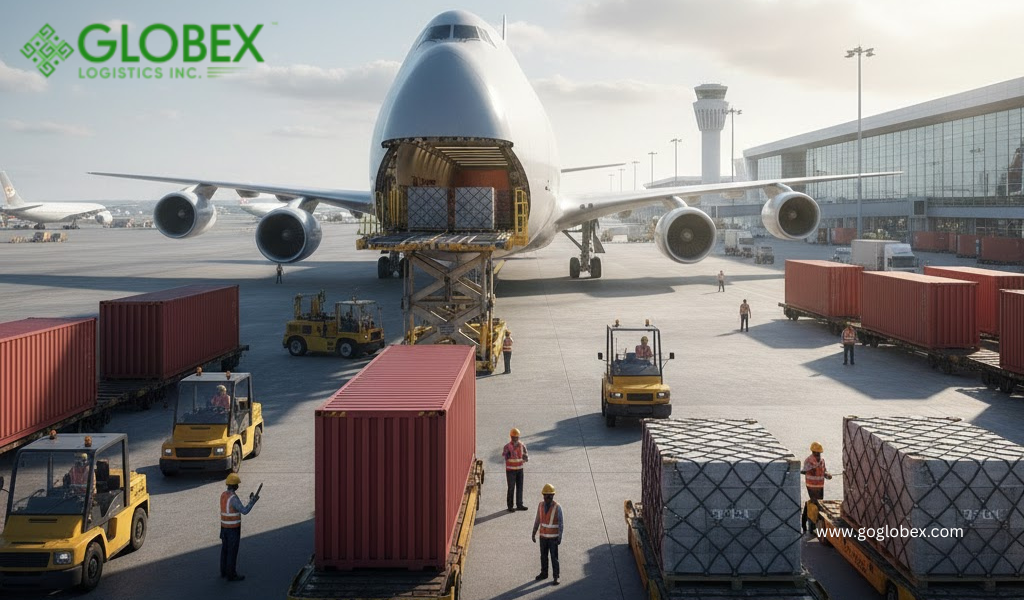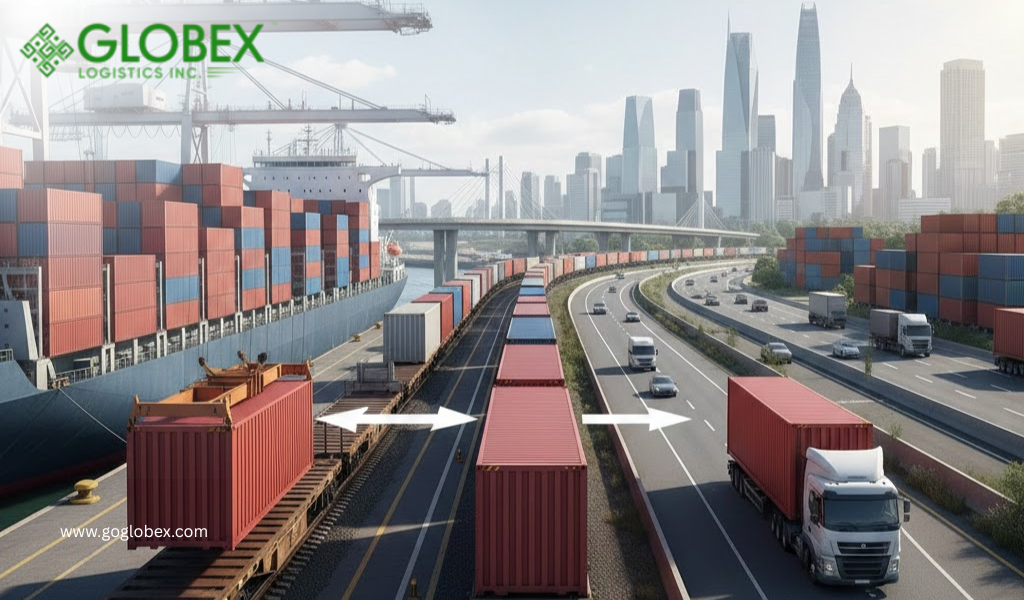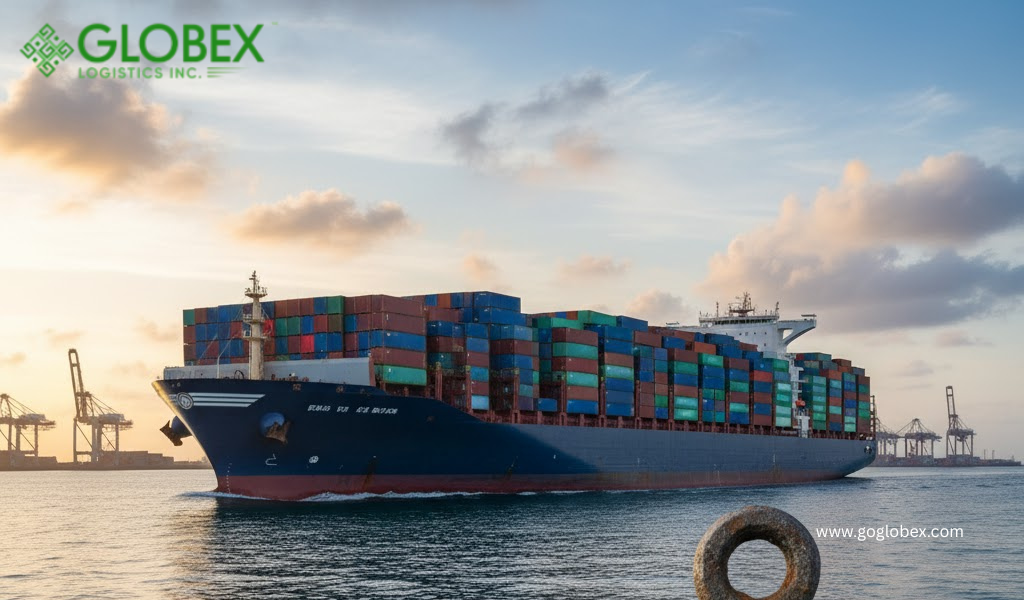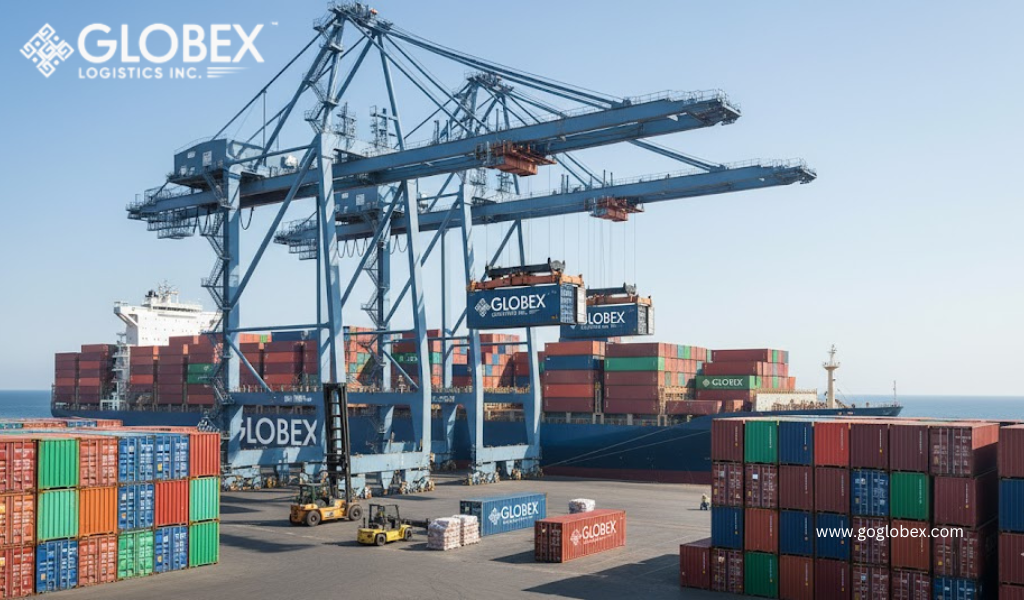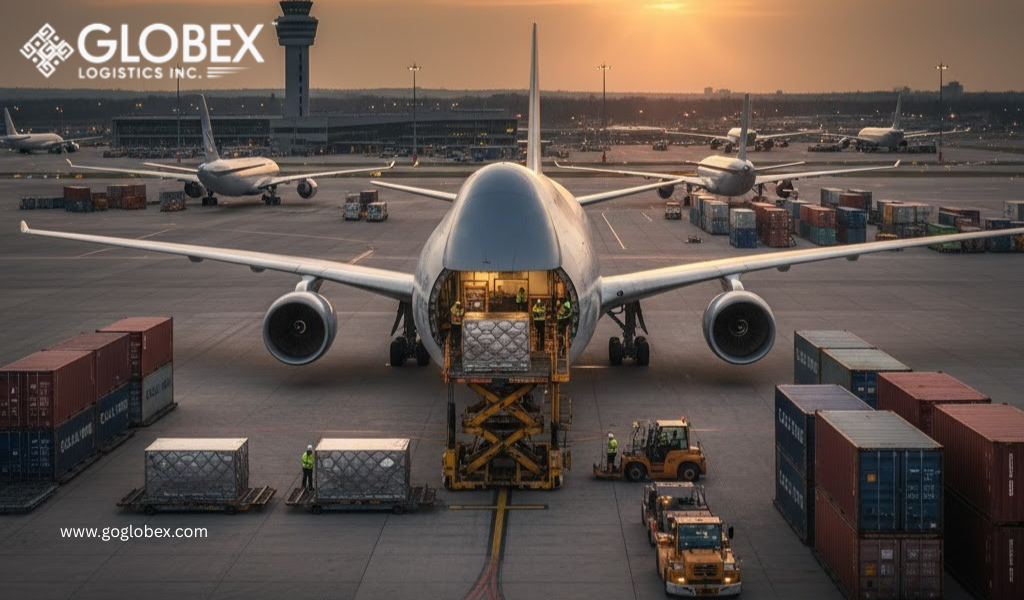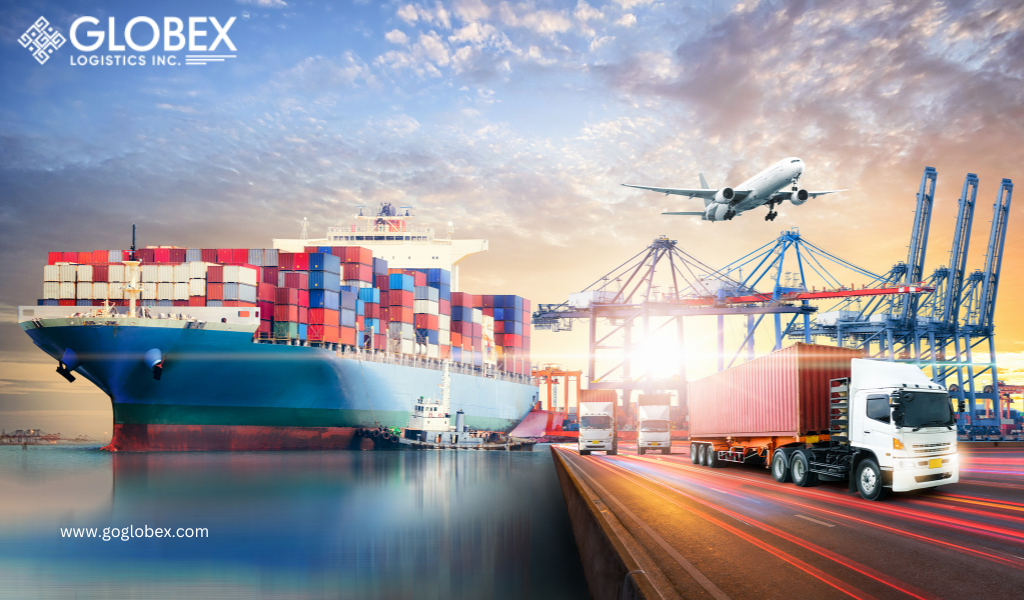
Why Intermodal Freight Transport is the Future of Efficient Shipping?
As the world moves quickly through these challenging global economic times, companies of all sizes are looking to move products in ways that are smarter, faster, and more sustainable. This is where intermodal freight transport comes in — an innovative system that uses multiple modes of transport (such as truck, rail, ship) to optimize the supply chain process and save costs. Text container shipping to green initiatives. This system is changing how organizations move value through the supply chain.
Knowing the power of intermodal logistics is crucial to staying on your toes, whether you are the owner of a small business scaling operations or a corporate giant optimising delivery networks.
What Is Intermodal Freight Transport?
Intermodal freight transport is a method of moving cargo in an intermodal container or vehicle using more than one mode of transport, with neither the cargo itself nor the vehicle having to be handled when changing modes. This means that a single cargo item might spend one leg on a freight train, switch to a cargo ship, and check into a truck for the last mile, without ever taking the stuff inside out of its boxes.
This unified approach to various shipping modes accelerate, secure, and cost-effective process, all the while drastically reducing the environmental impact associated with long-haul freight.
The Advantages of Intermodal Freight Transport
1. Affordable Freight Solutions for Small Business Growth
Mixing and matching transport modes can lead to big savings. Rail and ocean freight are cheaper than road transport over long distances. Through cost-effective freight solutions, businesses can do the following:
- Reduce fuel costs
- Lower labour expenses
- Reduce fees for road toll and maintenance
- Optimize shipment planning and minimize delivery delays
This is particularly useful for businesses that want to control their shipping budgets without compromising on reliability or delivery speed.
2. Efficiency Through Multi-Modal Transport Systems
Multi-modal transport systems involve using trucks, trains and ships to transport goods as part of a seamless, integrated process. As goods are better coordinated across carriers and transport hubs, they move faster and more efficiently. Businesses benefit from:
- Quicker delivery timelines
- Simplified tracking and inventory management
- Fewer logistics disruptions
This connected ecosystem ensures that companies can confidently scale business processes, even when handling critical supply chains.
3. Sustainable Logistics Services That Matter
At this point, sustainability is not a nice addition to business; it is a business necessity. It means, the intermodal freight, better logistics, less carbon footprint, less fuel consumption, and road congestion. Moving more freight by way of rail or sea, which both have lower emissions per ton-mile than highway trucking, accomplishes corporate ESG (Environmental, Social and Governance) objectives.
Green logistics is not only the most sustainable option for the planet, but they also help boost your brand image and attract eco-conscious customers.
Why Intermodal Container Shipping Is The Wise Choice?
Intermodal container shipping provides standard, secure containers that facilitate the transfer of goods between modes of transport. These containers:
- Minimise handling
- Minimize the chances of a loss or damage
- Speed up the loading/unloading process
- Enhance security with tamper-evident seals
Standardization of capacity with 20-foot or 40-foot containers means shippers benefit from predictability, utilization of space available from every container, and ease of compliance with international regulations.
Does intermodal work for you?
Intermodal freight transport is perfect for businesses uniting bulk shipments over long distances or that spread across global markets. This most often benefits businesses like:
- Purchase by retailers, which can involve distribution to store chains spanning multiple states
- Manufacturers sourcing raw materials globally
- E-commerce businesses fulfilling orders nationwide
- Industrial suppliers delivering bulk shipments
Multi-modal transport systems, once a piece of supply chain puzzling reserved for larger companies, can also empower small to mid-sized companies to gain a competitive advantage.
Also Read: Why Intermodal Transportation Services Is the Future of Freight Logistics?
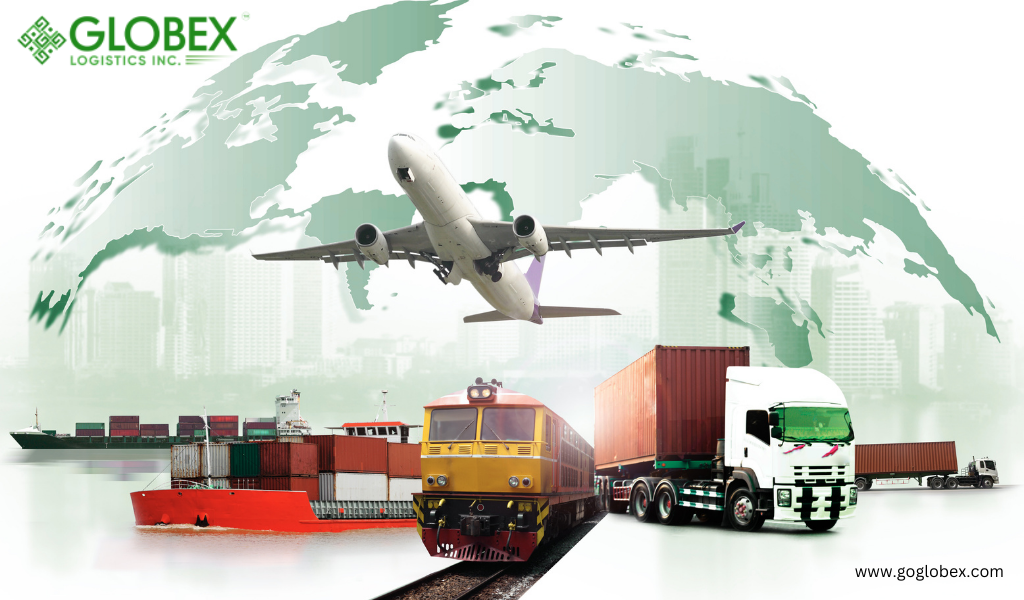
Busting Popular Misconceptions About Intermodal Shipping
Myth 1: Intermodal is overly complicated.
Alchemy: It is simple and scalable, thanks to technology (often used to execute multiple modes) and the partnerships with seasoned logistics providers.
Myth 2– This is for large companies only
Fact: Small businesses can expect to find intermodal to be both economical and achievable, particularly with the rise of sustainable logistics services and third-party pricing and operational support.
Myth 3: Intermodal takes longer.
Misconception: In fact, rail or sea may reduce transit times during highway congestion seasons or in weather disruptions.
How to Start Intermodal Freight Transport?
Here's how to incorporate it into your shipping strategy:
- Assess your volume and latitude — Specifically, in terms of freight
- Partner with a logistics provider specializing in intermodal shipping
- Utilise software tools to track in real-time and optimise the load
- Transition from one modes to another easily using standard containers
- Embed your freight decisions with Sustainability goals
The result? A shipping model that is smart, green, and frugal; a shipping model that future-proofs your business.
Market Leader in Freight Forwarding Solutions
Intermodal freight transport gives you a competitive advantage in a world driven by efficiency and sustainability. Whatever your goal — cost cutting, sustainability, or expanded delivery zones — intermodal logistics allows you to build and scale and achieve your goals faster.
With the adoption of intermodal container shipping, multi-modal transport modes and solution-oriented logistics services, your company stands a better chance to be a part of global trade in the foreseeable future.
Final Thoughts
Traditionally, Intermodal Freight Transport is not just a trend but actually represents truly a historic change in shipping logistics. As customer expectations become increasingly demanding, global moves over land, sea, and air, and the environment lays an invisible hand on trade, intermodal today will dominate the marketplace of tomorrow.
We can help you to do so. From assistance in intermodal container shipping, or, integrated intermodal transport systems, to sustainable logistics services, we provide customized solutions to create actual difference.
FAQs on Intermodal Freight Transport
1. How is intermodal freight transport is more sustainable than traditional shipping?
Intermodal shipping uses fewer trucks, which are the most fuel-consuming and thus CO?-generating part of the haulage chain. Transporting goods via rail or ships to long-distance destinations result in lower emissions, therefore also contributing to green logistics efforts.
2. Is intermodal shipping right for small businesses?
Yes. Small businesses may piggyback off of affordable freight solutions and extend their market reach without breaking the bank, with the aid of third-party logistics providers and scalable solutions.
3. How Does Intermodal Container Shipping Offer Enhanced Delivery Reliability?
Fewer handling, less damage and delays thanks to standardised containers. This keeps goods sealed from point A to point B and makes them more secure during transit no matter how many types of transport are used.
Recent posts
categories

